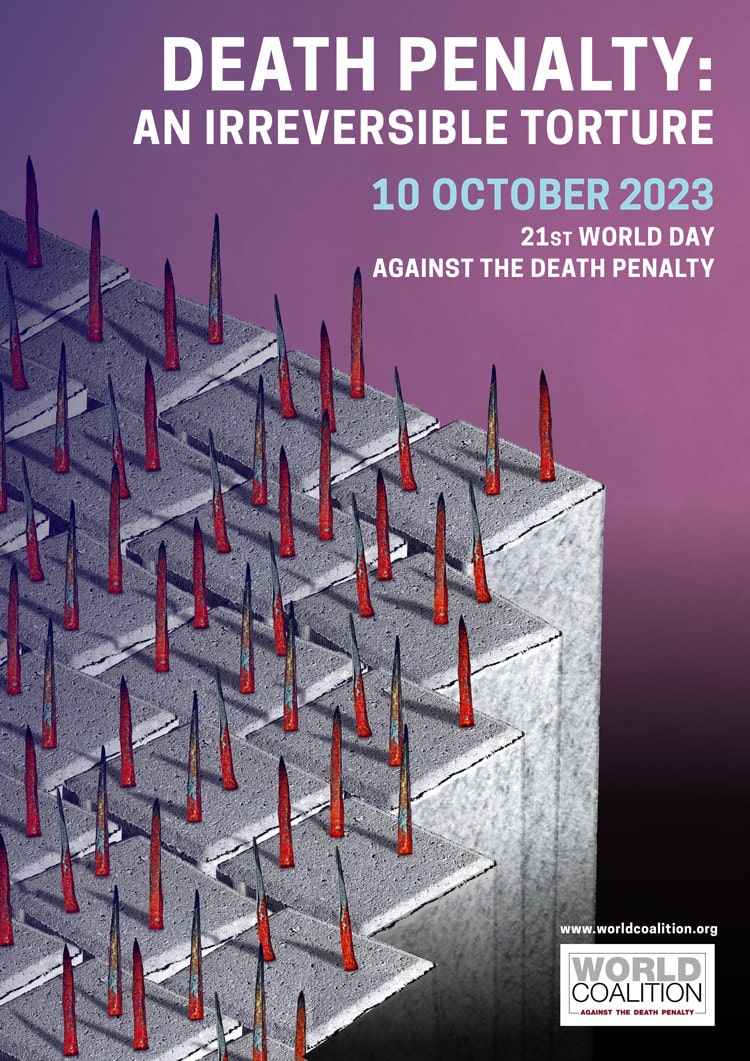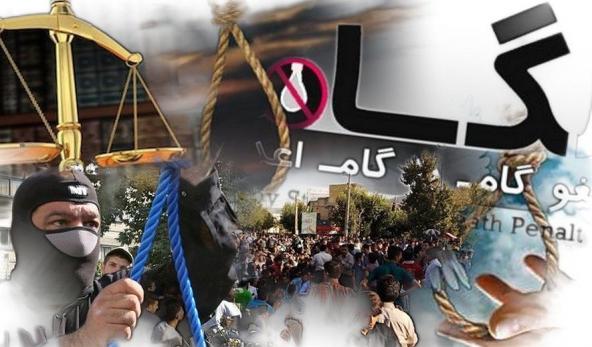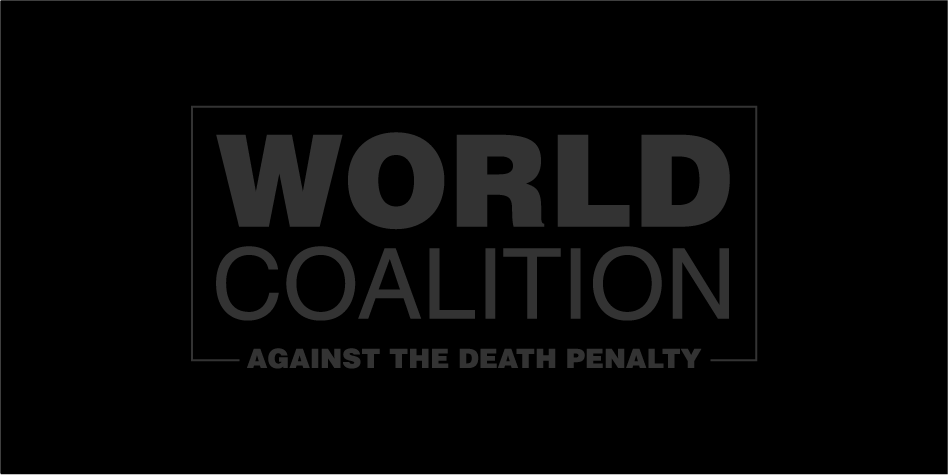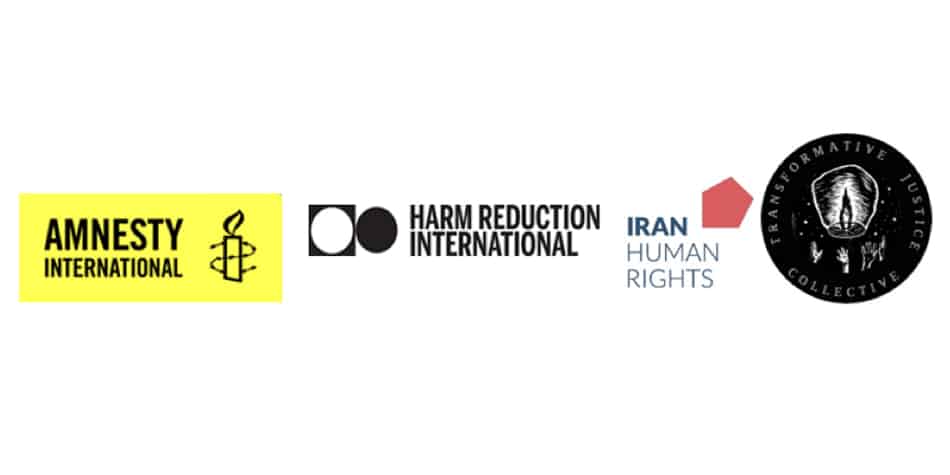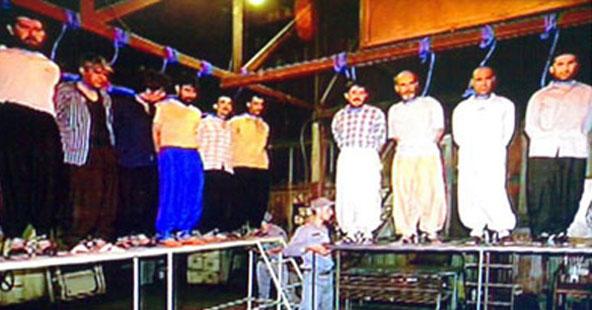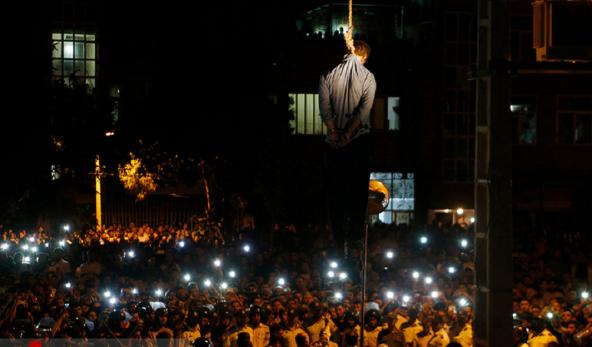
Annual report on the death penalty in Iran 2017
Statistics
In 2017, the process of introducing new amendments to the Anti-drug law entered a new phase. Thus, drug-related executions showed a 22% reduction compared with 2016. Commenting on the reduction in drug-related executions in 2017, Mahmood Amiry-Moghaddam, IHR’s Director and spokesperson, said: “We welcome the new amendments in the Anti-Narcotics law which, if implemented properly, will commute several thousand death sentences. The Iranian authorities must make sure that the cases of all drug offenders on death row are reviewed automatically and the process must be closely monitored by the international community. Moreover, this must be the first step towards abolition of the death penalty for all drug offenses.”
Whether the halt in drug-related executions is permanent remains to be seen. However, due to a significant increase in implementation of death sentences in murder cases, the total number of executions did not drop.
Key facts:
– At least 517 people were executed in 2017, an average of more than one execution per day.
– 111 executions (21%) were announced by official sources.
– Approximately 79% of all executions included in the 2017 report, i.e. 406 executions, were not announced by the authorities.
– At least 240 people (46% of all executions) were executed for murder charges – 98 more than in 2016.
– At least 231 people (45% of all executions) were executed for drug-related charges – 65 less than in 2016.
– 31 executions were conducted in public spaces.
– At least 5 juvenile offenders were among those executed.
– At least 10 women were executed.
– At least 254 executions in 2017 and more than 3,400 executions since 2010 have been based on death sentences issued by the Revolutionary Courts.
– At least 221 death row prisoners were forgiven by the families of the murder victims


